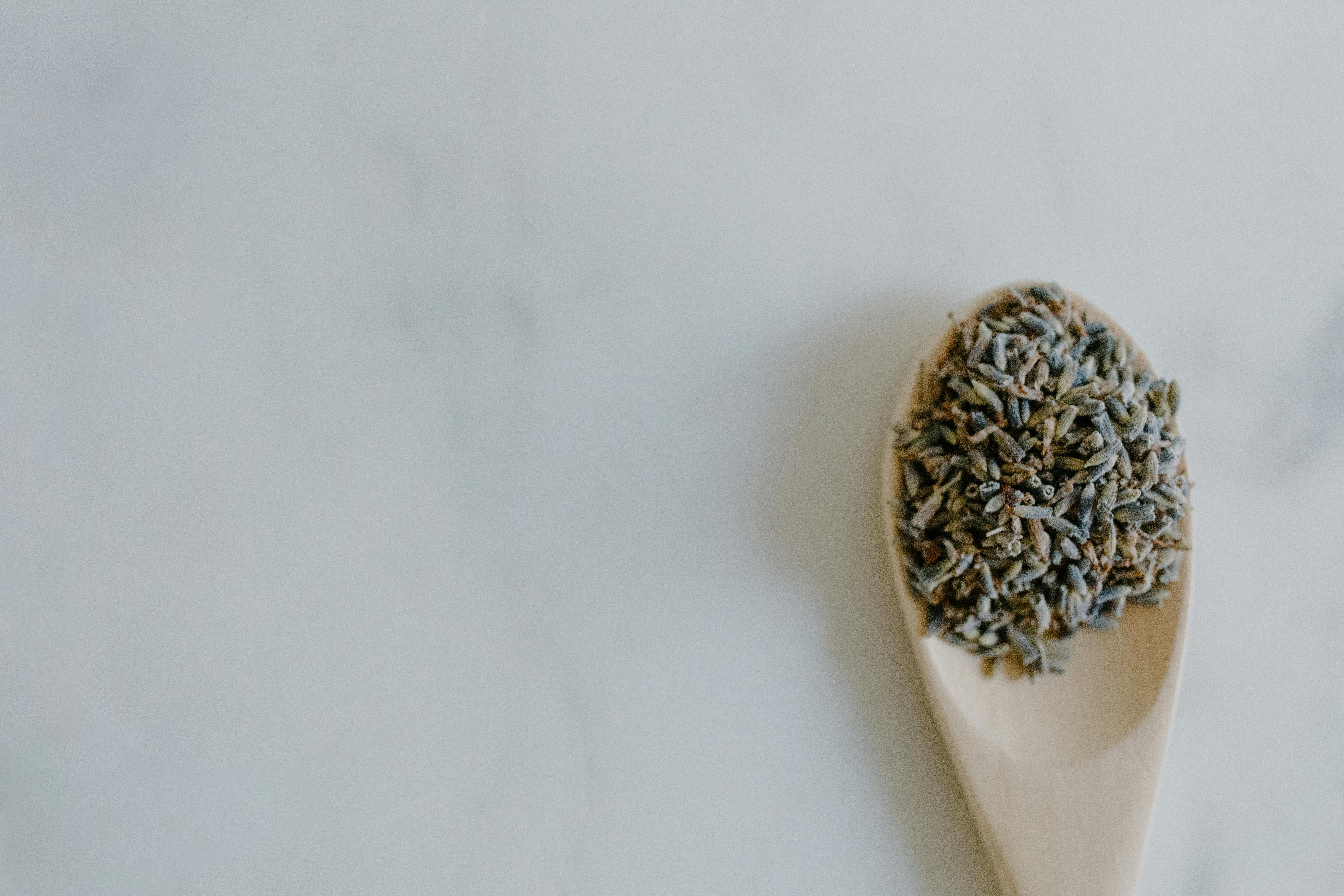Distilling lavender at home is a great way to create your own unique essential oil. Lavender essential oil has a variety of uses from aromatherapy to homemade beauty products, and it’s easy to make once you know the steps. In this article, we will provide detailed instructions on how to distill lavender at home.In order to distill lavender at home, you will need a still, lavender flowers, and water. You should also have a heat source like a stove or hot plate, a thermometer, and some type of condenser such as an ice bath or copper coil. Additionally, you will need jars or other containers to store the distilled oil. Finally, it is important to have adequate ventilation in your workspace when distilling essential oils to ensure safety.
Choosing the Right Lavender for Distilling
Distilling lavender oil requires the right variety of lavender to get the best quality oil. While all types of lavender can be distilled, some varieties have better essential oil yields than others. Knowing which type of lavender is best suited for distilling will help you get the best results from your distillation process.
When it comes to distilling essential oils, English Lavender (Lavandula angustifolia) is one of the most popular choices. This variety has a sweet, floral aroma and produces a high-quality essential oil with a good yield. Other varieties of lavender that are commonly used for distillation include Spike Lavender (Lavandula latifolia), Portuguese Lavender (Lavandula stoechas), and French Lavender (Lavandula dentata).
The type of lavender you choose will depend on what you are looking for in terms of scent and yield. For example, English Lavender has a sweet, floral aroma and produces a high-quality oil with a good yield, whereas French Lavender has a more herbaceous scent and produces a
Preparing the Lavender for Distilling
Distilling essential oils from lavender requires a bit of preparation to ensure that the highest quality oil is produced. Before distillation, it is important to remove any debris or dirt from the lavender flowers and to strip them from their stems. This can be done by hand or with a specialized machine. The lavender should then be dried in a dark area with proper ventilation for about four days, or until the flowers are brittle and dry. Once the lavender is ready, it should be packed into a still for distillation. Depending on the type of still being used, it may need to be packed loosely or tightly in order for the steam to move through the plant material efficiently. Once it is packed, the distillation process can begin.
The distillation process involves heating up water until it turns into steam and passes through the plant material, releasing its volatile compounds in the form of essential oil vapor. This vapor then passes through a condenser which cools it down and causes it to turn back into liquid form, creating distilled essential oil which can be collected in jars or bottles. The entire process typically takes around two hours and
Setting Up the Equipment to Distill Lavender
Distilling lavender is an easy process that requires some basic equipment. To begin, you’ll need a large pot or pan with a lid, a heat source such as a stove top or outdoor fire, and some form of condensing apparatus. You’ll also need lavender flowers or buds, and some ice to cool down the condensing apparatus. Once you have all of your equipment on hand, you can begin setting up for distilling.
Start by filling the pot or pan with 2-3 inches of water. Place the lid on top of the pot and bring it to a simmer over low heat. Once the water is at a low simmer, add in your lavender flowers or buds and stir gently for 4-5 minutes. This will help release the essential oils from within the flowers.
Next, place your condensing apparatus on top of the pot or pan such that it covers almost all of the surface area – this will allow for maximum contact between the vapors and condensed liquid. Secure it in place by using either clips or weights if necessary. If using an outdoor fire as your heat source, make sure that your
Collecting and Storing the Essential Oil Produced
The essential oil produced from plants is highly volatile and can quickly evaporate if not collected and stored correctly. In order to preserve the oil, it needs to be collected as soon as it is released from the plant and stored in an airtight container. It is also important to ensure that the container used for storage is made of a material that will not react with the essential oil itself. Glass or ceramic containers are ideal for storing essential oils since they do not react with the oil and keep it fresh for a longer period of time.
Once the essential oil has been collected, it should be stored in a cool, dark place away from direct sunlight. Sunlight can cause the essential oils to degrade more quickly so it is important to keep them in an area where they are not exposed to light. The optimal temperature for storing essential oils is between 10-15°C (50-59°F). Additionally, be sure to store essential oils away from any heat sources such as heaters or radiators since this will also cause them to evaporate more quickly.
When storing essential oils for long periods of time, try to

Distilling Lavender at Home
Distilling lavender at home can be a great way to enjoy the flower’s unique aroma and flavor. There are several methods for distilling lavender, each with its own set of benefits and drawbacks. In this article, we’ll look at some of the most popular ways of distilling lavender at home, including steam distillation, hydro-distillation, and maceration.
Steam distillation is one of the most common methods for extracting essential oils from plants. It involves boiling water in a still or distiller and passing it over the plant material to release the essential oils. This method is best suited to larger batches of lavender as it can be time-consuming and requires a lot of energy. The good news is that you can create a simple still at home using common household items such as jars, bottles, and pans.
Hydro-distillation is another popular method for extracting essential oils from plants. It involves steeping the plant material in hot water for a few hours before filtering out the essential oil. This method is less energy-
Safety Tips When Distilling Lavender at Home
Distilling lavender at home is an exciting and rewarding process that can bring you many benefits. However, it is important to be aware of the safety tips that should be followed when distilling lavender. Here are some tips to keep in mind when distilling lavender at home:
- Wear Protective Clothing: When distilling lavender, it is important to wear protective clothing such as gloves, long pants, and long-sleeved shirts. This will help to protect you from any potential splashes while distilling.
- Use Appropriate Containers: The containers you use for distillation should be designed specifically for this purpose. Make sure the containers are made of glass or stainless steel as these materials are the safest and most suitable.
- Follow Directions Carefully: Before starting the process of distillation, make sure you read and understand all instructions provided. Following directions carefully will help ensure your safety while also helping
General Distillation of Lavender
Distilling lavender involves the use of a still, which is a device used to heat and condense the essential oils from the plant. The essential oil is then collected in a collection vessel. The process of distilling lavender is relatively simple, but there are certain things that must be taken into consideration when attempting this process. It is important to use the right equipment and to carefully monitor the temperature and pressure during the distillation process. If not done correctly, it can lead to poor quality oil or even a failed distillation.
Troubleshooting Common Issues with Distillation of Lavender
One of the most common issues encountered when distilling lavender is improper temperature control. If the temperature is too high, it can cause some of the constituents in the essential oil to evaporate too quickly, resulting in an inferior product. On the other hand, if the temperature is too low, it can result in incomplete distillation and loss of some of the more volatile components. To ensure that your distillation process yields high quality oil, it is important to maintain a consistent temperature throughout the

Conclusion
Distilling lavender at home requires patience and some key supplies, but it’s a rewarding process. You’ll end up with fresh, fragrant lavender oil that can be used in a variety of ways. Not only is it great for aromatherapy, it can also be used to make homemade beauty products or added to cleaning solutions for a pleasant scent. With careful preparation and attention to detail, you can easily distill lavender at home.
Whether you choose to use a still or the traditional method of distillation, the process is fairly simple. Just make sure that you read all the instructions carefully and have all the necessary equipment before beginning. With some time and effort, you can create your own lavender oil that will last for years to come.


